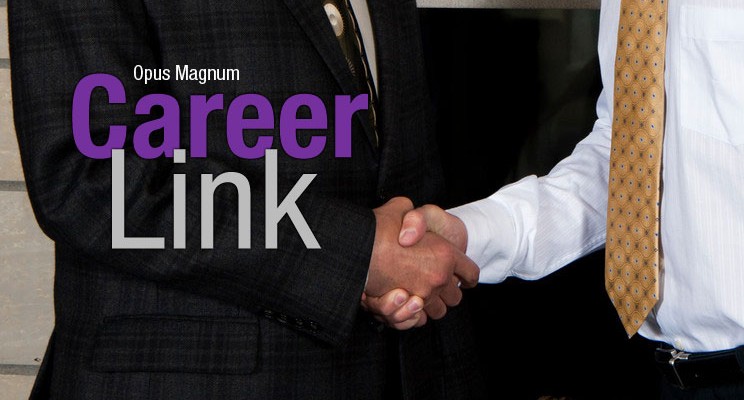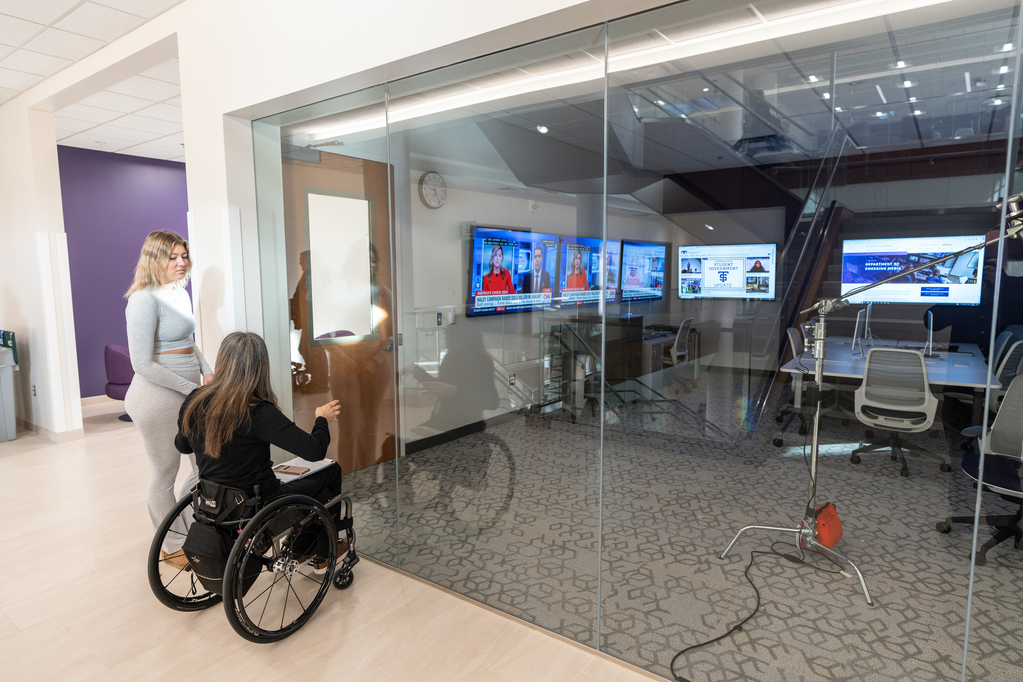Whether in multilingual neighborhoods or on college campuses filled with people from all walks of life, many of us have experienced aspects of diversity in our everyday lives. So what makes diversity so complex? It’s that we all have different definitions or interpretations of the concept. While some of us don’t think we are biased at all, we all operate with both unconscious and conscious biases that impact the decisions we make about others.

Tiffany Kuehl of Versique
To gain more insight on the importance of diversity, I spoke with diversity and inclusion champion, Joe Gerstandt. As an advisor and speaker, Gerstandt has spent more than 15 years using his energy, research and experiences to help organizations effectively incorporate diversity. He has interacted with thousands of individuals and companies, so when I asked him what people don’t know about diversity, I knew he was drawing from a level of understanding that many of us may not have.
Here are some key points Gerstandt made during our conversation:
“Most people don’t think about difference.”
At its core, diversity means “difference.” Many think diversity refers to a single thing – like faith, gender or affirmative action – and that’s all the word means. But those things don’t really mean diversity. It is more than any one thing and extends far beyond ethnicity, religion or race. Differences lie in how we process information, what music we prefer, the sports teams we support, how many siblings we have, our ability to create, etc. No matter how small, difference impacts the human experience.
“Most people don’t have a clear understanding of diversity and inclusion.”
When you ask people what diversity means, you will get as many definitions as the number of people you poll. Try it. It’s an interesting study – use Facebook, Instagram or solicit input from colleagues in person. Regardless of the examples people provide, it proves both that diversity means “difference” and that we don’t truly understand it, or at least we don’t have a common understanding of it.
If you are going to emphasize diversity and inclusion in your organization, it is not enough to develop a statement to post on the wall next to your company values. How you define diversity and inclusion needs to be in clear enough terms that your team can both understand and reiterate the definition.
“Intention is not enough.”
Businesses implement diversity initiatives and training programs with the intention of becoming a more diverse organization. You have likely participated in diversity training. What happens? There is a good conversation for a couple of hours and, for the next two days, there are water cooler discussions about what diversity could look like. Then, it all fades away until next year’s diversity training session.
The intent of the annual diversity and inclusion training module is good, but it isn’t enough. Too often, these initiatives fail because they are delivered as a separate project and not hard-wired into the company’s programs, processes, and systems.
So how can you successfully integrate diversity into your business? Here are a few crucial steps to get you started:
- Understand the basic dynamics of difference
- Clearly state what diversity means for your organization
- Expose yourself to other perspectives, build your foundation
- Provide employees access to resources and information
Your business and teams are already filled with diversity. As Joe Gerstandt states, “You’re either going to benefit, or suffer from it.”
Tiffany Kuehl is a senior human resources recruiter on the Versique Search team. She has 20 years of experience in the HR and talent acquisition industry. She has held high-level talent acquisition positions at Donaldson, Honeywell, and MTS Systems Corporation, and serves as the Director-Elect of the Minnesota Society for Human Resource Management State Council (MNSHRM), sits on the Advisory Board with Minnesota Recruiters (MNREC), and held multiple roles on the Twin Cities Human Resource Association (TCHRA) Board.







